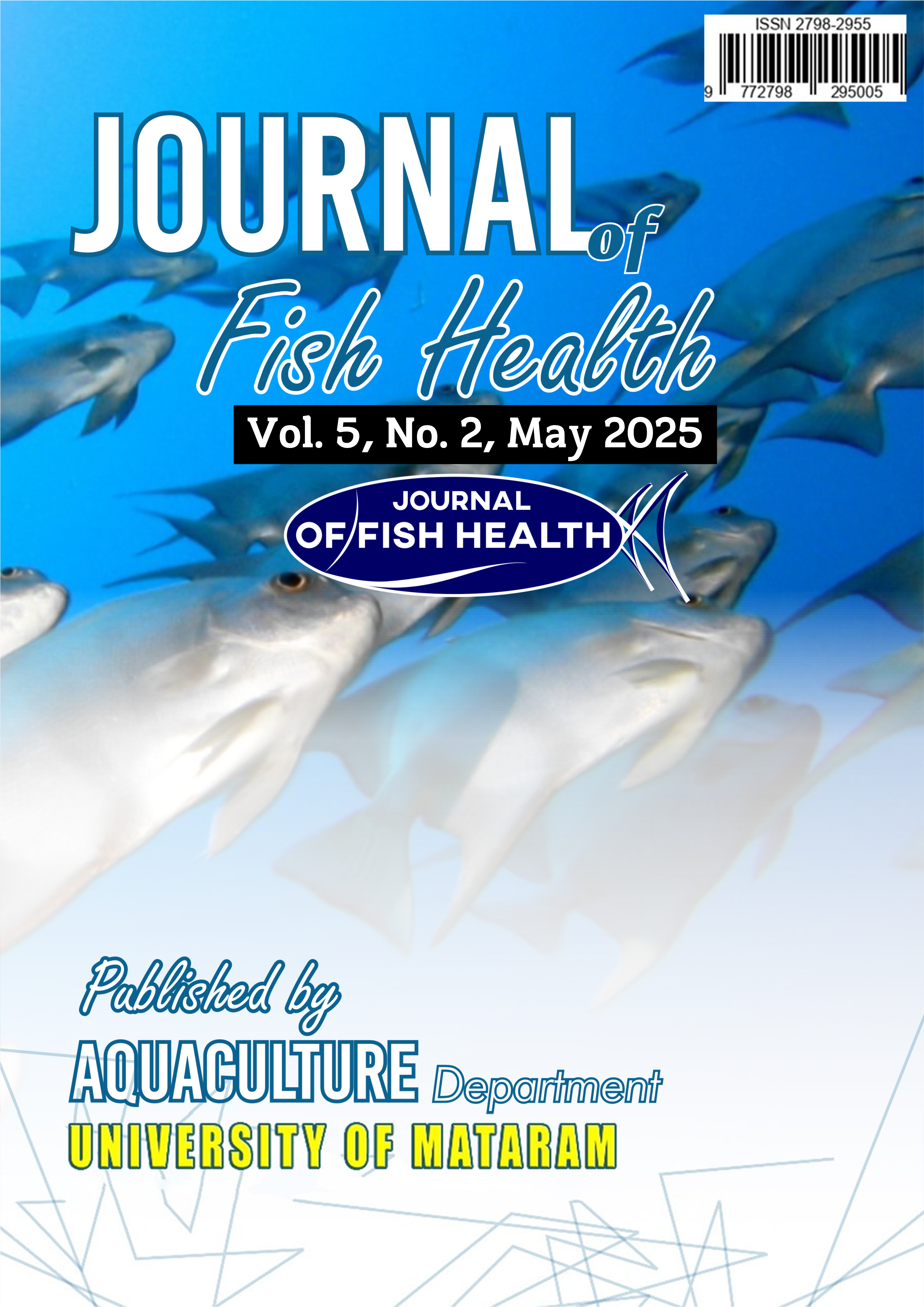Exchange Rate of Household Income of Small-Scale Fisherman in Bengkulu City
DOI:
https://doi.org/10.29303/jfh.v5i2.6322Keywords:
Fisherman Exchange Rate, Household Income, Small-Scale FishermenAbstract
Bengkulu City has abundant marine resources, leading in marine capture fisheries volume and value among districts. However, its fishermen remain impoverished due to overfishing, unpredictable weather, and illegal fishing by large vessels, which reduce small-scale fishermen's catches and welfare. This study aims to analyze the income exchange rate of small-scale fishermen's ladders in Bengkulu City and the factors that affect it. Respondents are 100 small-scale fishermen spread across Bengkulu City selected by accidental sampling. Data analyzed using quantitative methods and using SPSS. The results showed that the Income structure of small-scale fisherman households in Bengkulu City consists of income on a fishery by percentage as 80.30% and non fishery income amounting to 19.70% of total income, which is IDR 951,675/week. The consumption expenditure pattern of small-scale fishing households in Bengkulu City consists of expenditure for food by percentage as 51.41% while expenditure for non-food as much as 48.59% of total expenditure, which is IDR 962,230/week. The fishermen's household income exchange rate in Bengkulu is 0.98 < 1, indicating that they cannot fully meet their basic needs and remain relatively poor. The variables of age, fishing hours, catch variations, fishing experience and boat size had a significant effect on the fishermen's household income exchange rate in Bengkulu City. In contrast, the fisherman fisherman education variable did not have a considerable effect on the fishermen's household income exchange rate in Bengkulu City.
Downloads
Published
Issue
Section
License
1. The copyright of this journal belongs to the Editorial Board, based on the author's consent, while the moral rights of the publication belong to the author(s).
2. The formal legal aspect of journal accessibility refers to the same Creative Common Attribution + Noncommercial + ShareAlike (CC BY-NC-SA), implying that publication can be used for non-commercial purposes in its original form.
3. Every publication (printed/electronic) is open access for educational, research and library purposes. In addition to the objectives stated above, the editorial board is not responsible for copyright infringement















